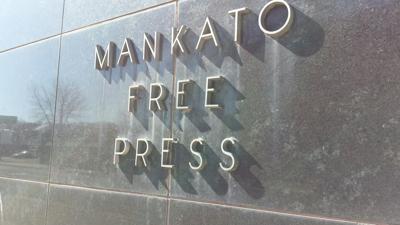Proposed federal legislation to close the digital divide has renewed interest after the pandemic laid bare the problems of uneven internet access.
The Digital Equity Act, which was originally proposed in 2019, was reintroduced last week by U.S. Sens. Patty Murray, Rob Portman and Angus King — a Democrat, Republican and Independent respectively.
The bill would provide financial assistance to help states and community organizations bring broadband access to millions of Americans now left behind.
That would include more than 300,000 Minnesotans who have no internet connectivity and 10% of households in the state that lack high-speed broadband, many still relying on dial-up service. That leaves too many unable to do remote working or schooling, a problem highlighted during the pandemic.
The legislation is well targeted, earmarking funds for skills training, public computing centers and ensuring low-income populations can obtain affordable technology.
The legislation creates an annual $125 million formula grant program for all 50 states, the District of Columbia and Puerto Rico to fund the creation and implementation of comprehensive digital equity plans.
There would be another $125 million available annually for a competitive grant program to support digital equity projects led by community groups, business coalitions and others. That funding would be geared toward “adult education and literacy activities.”
When the legislation was first proposed a couple of years ago, it was seen by many as an unnecessary expense.
That view has shifted sharply after what we’ve all seen and learned over the last 14 months. Not only did too many struggle to work and take classes, but the lack of internet limited people’s ability to participate in a virtual city council meeting or do a telemedicine visit.
As technology continues to fill more of our lives, ensuring people are not left behind by a lack of broadband internet and other necessary technology and skills is more important than ever.




























Commented
Sorry, there are no recent results for popular commented articles.